The gadgets from science fiction films that actually exist today
Science fiction’s predictions of the future aren’t always spot-on. For instance, we’re now more than 20 years after the war between man and machine predicted in ‘The Terminator’.
But when it comes to technology, science fiction has got it right on a surprising number of occasions.
Here are some of our favourite technologies which we first saw on screen and then became reality.
Star Trek Assistant

When Star Trek came up with the idea of a talking assistant, a computer which you could control by conversation, it was an out-there sci fi idea.
Now, almost every smartphone allows users to control it by voice and voice-assistant speakers such as Amazon Echo are becoming a must-have.

In some countries, Amazon Echo users can actually now wake their device by saying ‘Computer’ instead of ‘Alexa’, just like in the TV series.
Minority Report holo-touchscreen

When Steven Spielberg made the Tom Cruise sci-fi hit ‘Minority Report’, he consulted Silicon Valley futurists for an idea of what PCs would be like in 2054.
They predicted a computer where users wouldn’t need to touch the screen, instead interacting with a ‘screen’ hovering in thin air.
Gadgets such as the Leap Motion already allow users to control PCs using gestures. The rise of augmented reality and VR headsets will make this control system more and more common.

Leap uses infrared sensors and cameras to track your fingers, allowing people to interact a screen or headset, just like Tom Cruise does in the film .
Robocop

In the bleak science fiction satire ‘Robocop’, the cyborg policeman is an unstoppable, vengeful force who crushes crime with his metal fists.
But ‘the future of law enforcement’ is already here, with real robot policemen on the beat in America and Dubai.

Thankfully, they’re not quite as lethal as the Robocop of the film, and all current models are unarmed.
The 21-stone Knightscope security guard robot is not only unarmed, it actually doesn’t have any arms, and is used to patrol office spaces with a built-in security camera.
Speeder bike
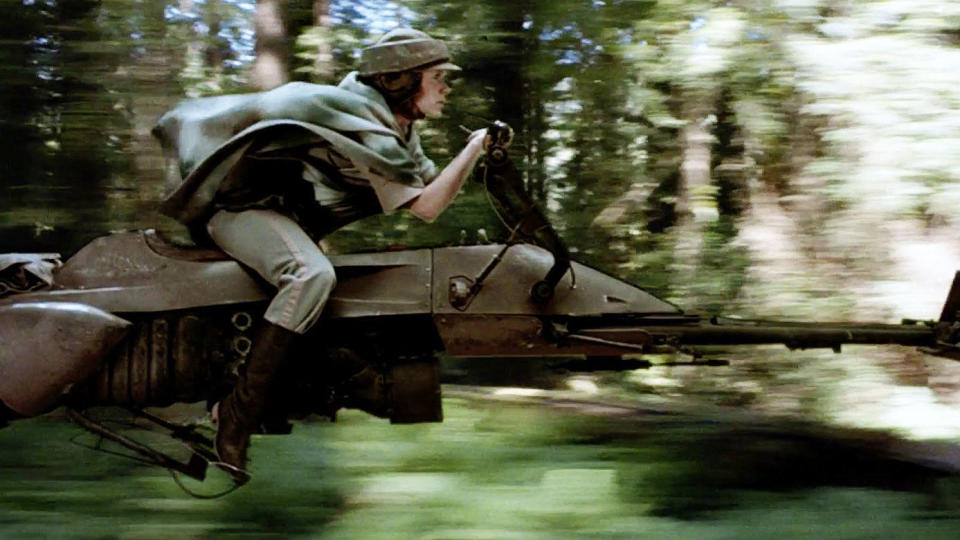
In ‘Return of the Jedi’, Luke Skywalker and Princess Leia chase Stormtroopers through a forest on speeder bikes, hovering bikes which ‘float’ just above the ground.
But while the ‘Star Wars’ version is powered by a fictional technology, ‘repulsorlift’, there is now a very similar, but real hoverbike.
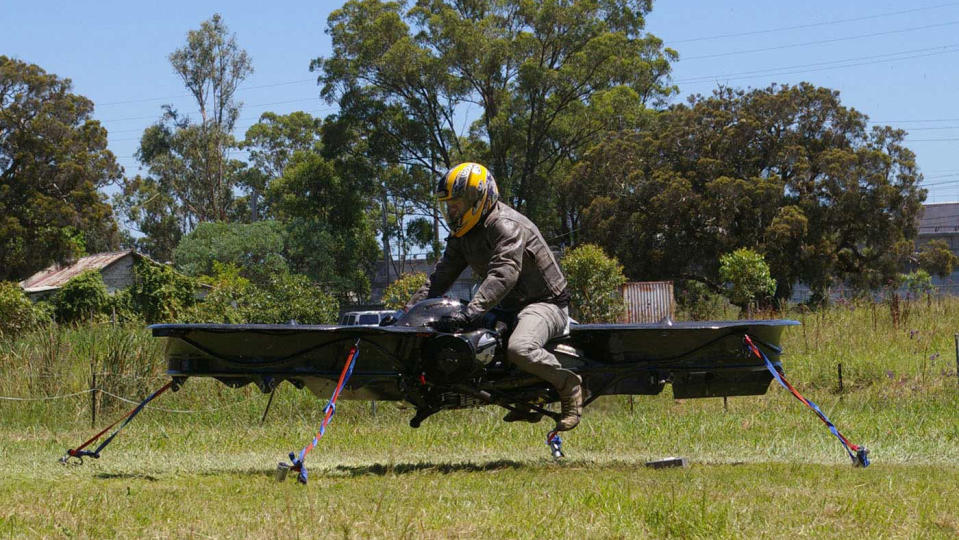
The Hoverbike S3, manufactured by Californian company Hoversurf, is set to go on sale in the first half of 2019.
Star Trek replicator

In ‘Star Trek’, the Replicator could create any inanimate object out of thin air.
NASA now uses a very similar device in space – a 3D printer by Made In Space which creates spare parts on demand for astronauts.
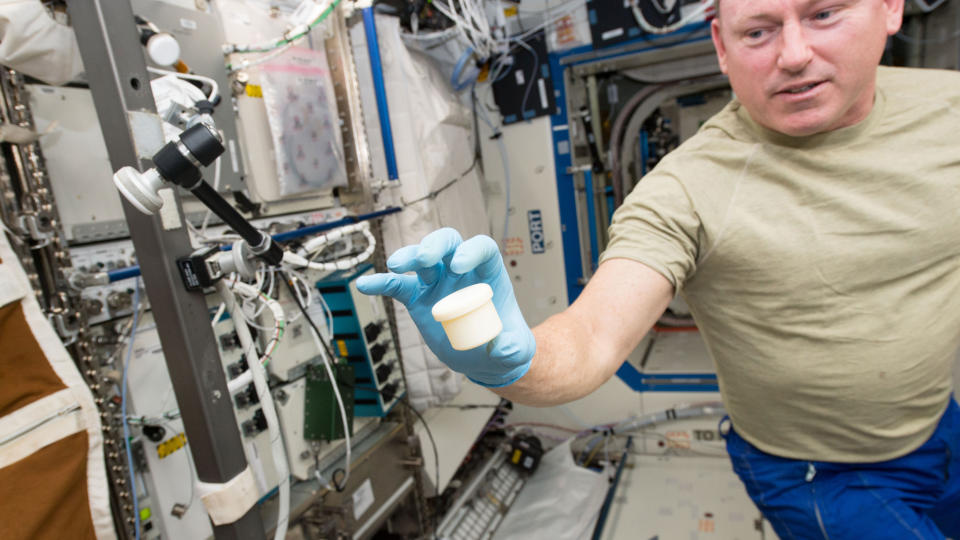
Timothy Creamer, a NASA astronaut who spent time on the ISS said, “It provides us the ability to do our own Star Trek ‘replication’ on the spot.
“It helps us replace things we’ve lost, or things we’ve broken, and to make anything we have thought of that could be useful.”
Hoverboard
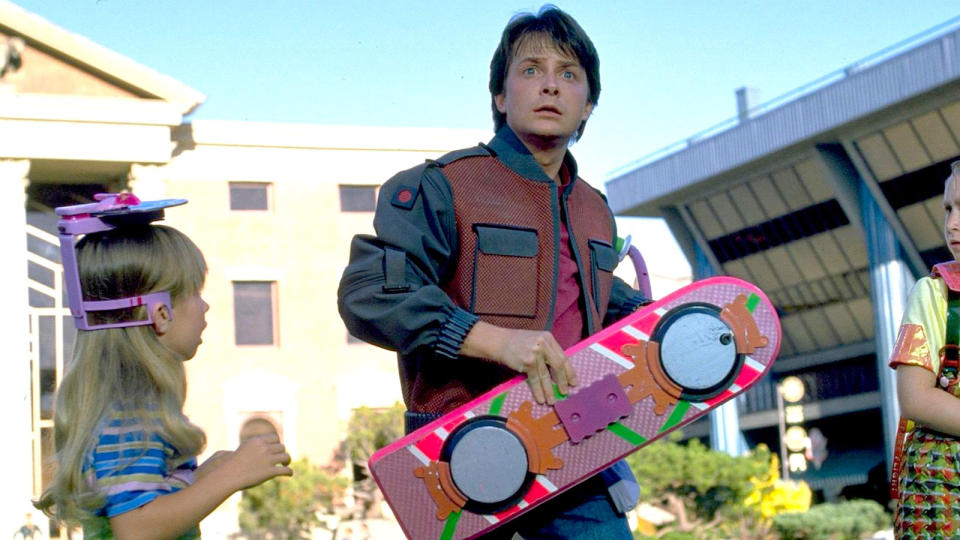
In ‘Back to the Future’, Marty McFly leaps onto a hoverboard which floats a few feet above the ground (until he makes the mistake of trying to fly over water).
But while it’s not quite as small as McFly’s device, someone has created a real, working hoverboard although it’s not for the faint-hearted.
Invented by Franky Zapata, the Flyboard Air is powered by four engines which propel it upwards and forwards, stabilising itself much like a drone.

It can fly for around 10 minutes, fuelled by a backpack full of kerosene.
Iron Man exoskeleton
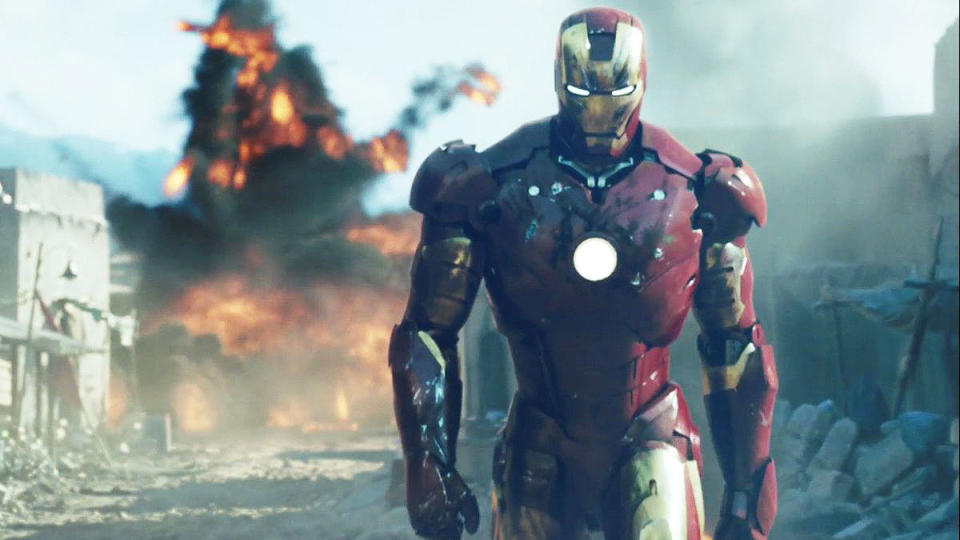
In ‘Iron Man’, Tony Stark pilots a metal suit using the power of his mind.
But a real version already exists, with Miguel Nicolelis and a team of Brazilian neuroscientists having unveiled a mind-controlled exoskeleton at the World Cup in 2014.
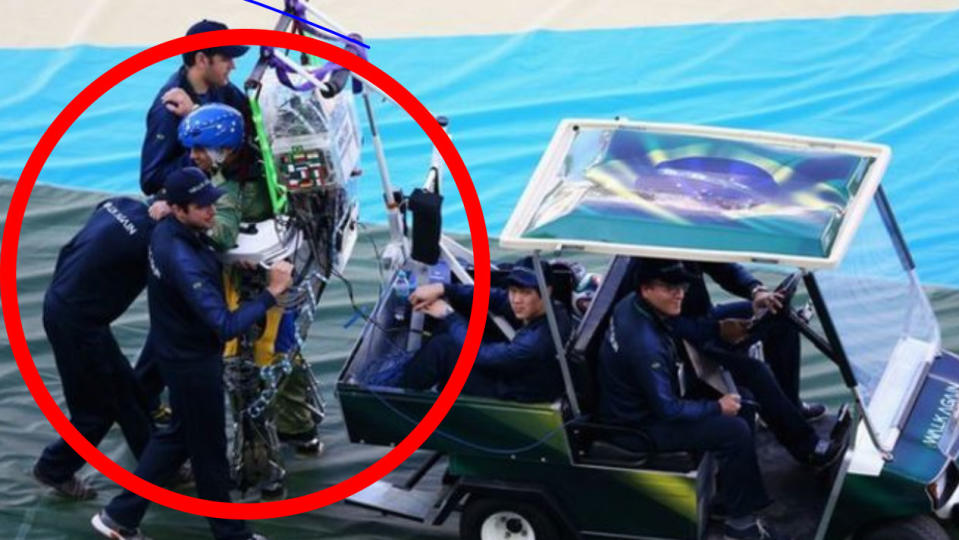
The exoskeleton, controlled via a brain-sensing EEG cap, allowed a paralysed patient to kick a ball to start the World Cup.
Team member Dr Gordon Cheng said, ‘The basic idea is that we are recording from the brain and then that signal is being translated into commands for the robot to start moving.’

 Yahoo Movies
Yahoo Movies 
